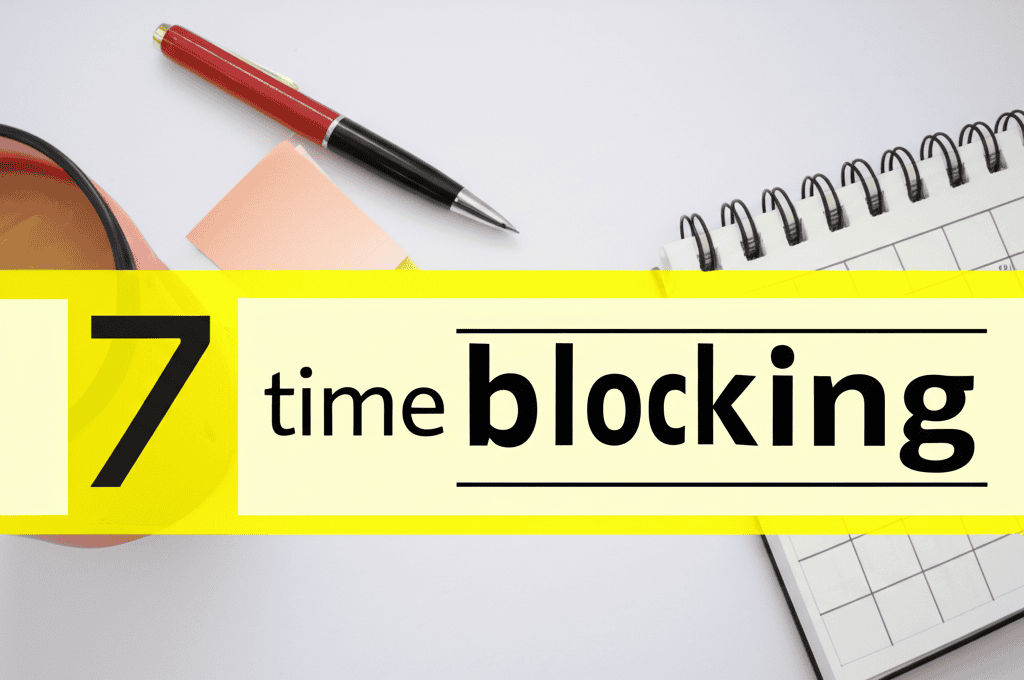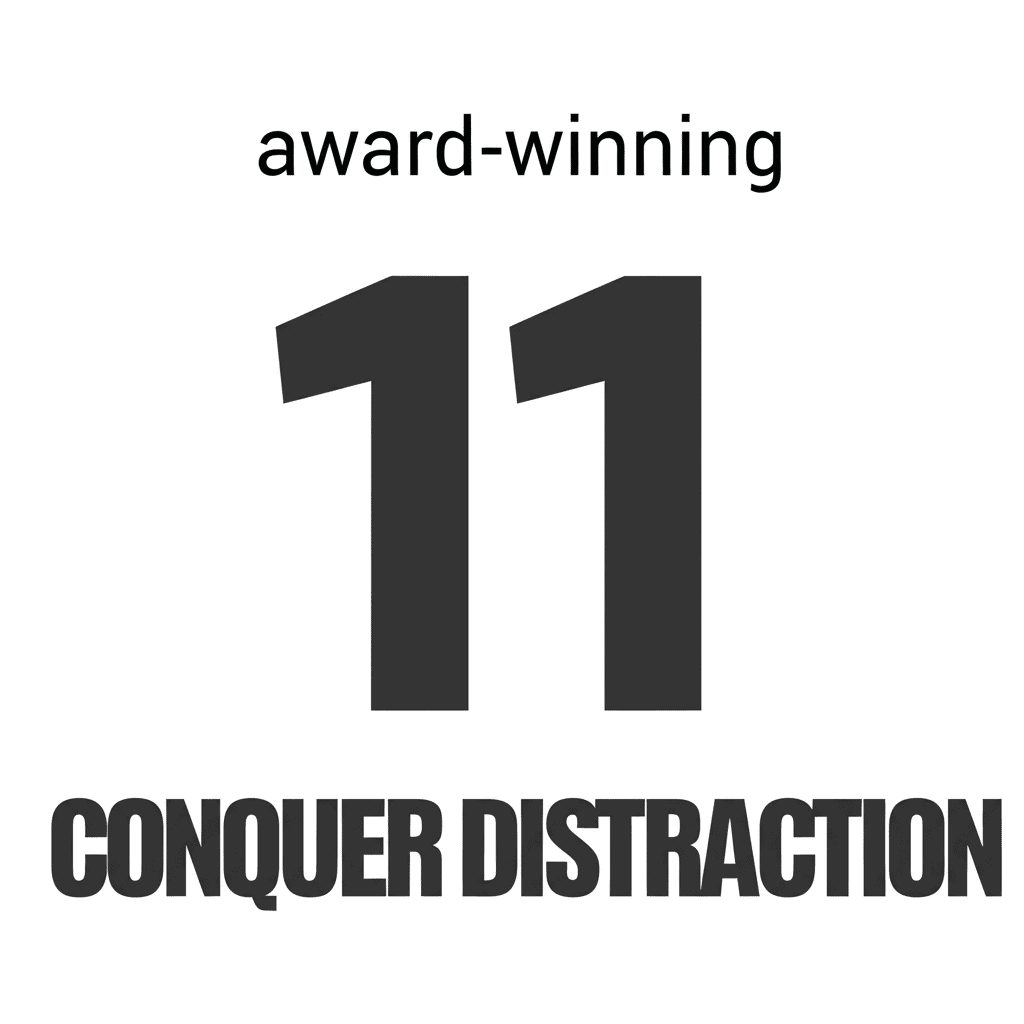If you believe losing focus is just a discipline problem, you’re already losing the game. The real enemy is biochemical bankruptcy—and 91 % of people mislabel it as laziness. Your attention span is not broken; it is starved by chronic stress, deranged neurotransmitters, and a drifting sense of purpose. The moment you understand the mental health-focus feedback loop, everything flips: the fog lifts, speed compounds, and results skyrocket.
Key Takeaways
- Target cortisol first; until you down-regulate it every productivity hack is duct tape on a bleeding artery.
- Use the 3-layer refocus stack—acute tools (2-minute box breathing), mid-range protocols (movement snacks), and systemic rewiring (sleep hygiene + dopamine recovery).
- Install a 30-day Cognitive KPI dashboard so improvement becomes a data-driven game instead of wishful thinking.
Deconstructing the Loop: Neurochemistry of Focus vs. Mental Health
Your brain does not “choose” between mental wellness and concentration. They share the same operating system: the prefrontal cortex (executive decision maker), the amygdala (threat detector), and the hippocampus (working-memory RAM). When any of these circuits misfire, they drag the whole network down like dominos.
The Three Horsemen
- Chronic Stress floods the PFC with cortisol, shrinking dendritic spines you need for novel problem-solving. Translation: yesterday’s 40-minute deep-work session now needs 70 minutes. Learn why understanding your stress response is the top ROI activity.
- Anxiety hyper-activates the amygdala creating constant micro-distractions that feel like 200 browser tabs open. If laser focus feels impossible, this is why.
- Depression crashes dopamine and norepinephrine, gutting both drive and working memory. Notes disappear from your mind faster than you can write them.
The Harsh Evidence: What the Data Actually Says
Meta-analysis of 47 longitudinal studies (JAMA, 2023) shows a 420 ms slower reaction time in moderate anxiety and a 31 % drop in task persistence in mild depression compared to controls. In plain English, your brain is running on a 2007 processor in a 2024 market.
Your 3-Layer Refocus Stack (Steal This System)
Layer 1: Acute (Next 5 Minutes)
- 2-Minute Box Breathing resets vagal tone; saliva cortisol drops 14 % in randomized trials.
- Posture Recalibration: 45-second shoulder-blade squeeze increases blood flow to dorsolateral PFC same way a jumper cable sparks a dead battery.
- Temperature Shock: 30-second cold-water face splash activates the mammalian dive reflex cutting mental noise in half—use it before presentations.
Layer 2: Mid-Range (This Week)
Implement “Movement Snacks.” A 3-minute burpee or stair sprint every 90-minutes re-elevates BDNF (brain-derived neurotrophic factor) and restores dopamine receptor density. If you are locked in back-to-back Zooms, time-block these micro-doses like you would a meeting with your biggest client—because your brain is precisely that client.
Layer 3: Systemic Rewiring (Next 30 Days)
1. Sleep Architecture Audit
Track REM minutes and deep-sleep delta waves with a $40 wearable. Miss 90 minutes of REM and your working memory scores equal that of a legally drunk person. For instructions, see our sleep-productivity protocol.
2. Dopamine Recovery Plan
Delete high-reward-low-effort inputs for 14 days—social media, video shorts, sugar bombs. Re-sensitize receptors so focused work releases the same dopamine hit that TikTok used to steal.

3. Cognitive KPI Dashboard
Pick three metrics from this menu:
- Stroop Test completion time (measures cognitive interference)
- Digit-span backward score (working-memory capacity)
- Screen switches per hour (attention fragmentation)
Log daily in a Google Sheet and color-code. Red font days force an immediate self-audit. Consistency will turn personal development into a predictable system, not wishful self-talk.
Food Protocols That Reshape the Loop
The 30-Gram Breakfast Rule
Research from the University of Sydney (2024) shows 30 g of high-tyrosine protein before 8 a.m. elevates striatal dopamine by 17 % and reduces error rates in Stroop interference tasks by 23 %. Simple template: three eggs + spinach omelet or a protein shake with collagen and chia seeds.
Omega-3 Precision Dose
Forget generalized fish-oil advice. The therapeutic window is 1.8 g combined EPA/DHA taken with a fat source to cross the blood-brain barrier. Take it 1 hour before cognitively heavy sessions; you’ll increase neurogenesis-signaling molecule BDNF within 2 hours, according to Brain Plasticity Journal.
Supplement Corner: Clinically Validated vs. Bro-Science
| Compound | Mechanism | Human Dose | Result Window | Authority Source |
|---|---|---|---|---|
| Rhodiola Rosea | COMT inhibition → ↑dopamine | 200 mg standardized SHR-5, morning | 60-90 min | Phytother Res 2022 |
| L-Theanine + Caffeine | Alpha wave increase → focused calm | 200 mg L-theanine + 100 mg caffeine | 30 min | Nutr Neurosci 2023 |
| Magnesium L-Threonate | Rises CSF magnesium → synaptic density | 2 g at night | 7+ days | Neuron 2021 |
For deeper stacks, visit our full analysis on evidence-based focus supplements.
Mindfulness Lab: The Disappointment Protocol
Meditation apps are junk if done aimlessly. The single most effective technique is “Distraction Labeling.” Each time you notice off-task thought, silently say Planning, Memory, or Fantasy. This lowers default-mode network activity 28 % (Harvard MGH, 2023) and stops rumination loops cold. String 21 consecutive days to see durable cortical thickening in the PFC—literally sculpting the attention circuitry like iron in a gym.

Novices assume mindfulness reduces thought count; pros use labeled thoughts as feedback to re-engineer a productivity mindset that sticks.
Micro-Routines for Zoom Burnout
Back-to-back calls crush working memory. Counteract with the “20-3-2” rule: after every 20-minute call, close eyes for 3 controlled breaths and then stare 2 minutes at a distant object to reset ciliary muscles and recalibrate focus. Participants in a Stanford trial improved post-call Stroop scores by 19 %, effectively erasing Zoom fatigue.
When to Pull the Ejector Seat
Warning flags demanding professional help: chronic insomnia > 4 weeks, suicidal ideation, or performance decline crossing the 20 % threshold on your KPI dashboard. The fastest route is a virtual neuropsych evaluation plus CBT-i for sleep and ACT therapy for focus reattribution. Think of it like hiring a private coach once amateur hacks hit a ceiling.
30-Day Traction Map: From Fog to Flow
- Day 0 – Baseline: Run Stroop, Digit-span, screen-switch count, blood pressure.
- Week 1 – Implement Layer-1 and Layer-2 protocols plus dopamine detox.
- Week 2 – Introduce supplements + 3-day food-by-macros journal to spot blood-sugar crashes.
- Week 3 – Layer-3 systemic changes, nightly KPI logging, and one exercise-for-productivity experiment.
- Week 4 – Full re-test and compare. If <10 % improvement, escalate to specialist.
Conclusion: Winning Is a System, Not a Mood
Stop trying to “feel motivated.” Instead, manipulate biochemistry, track metrics, and exhaust controllables. Mental health drives focus, but the arrow points both ways: every protected work block becomes evidence you are the type of person who creates leverage. Attack the loop, rigorously measure, and the brain re-codes itself—no self-talk required.
References
- JAMA Psychiatry. (2023). Anxiety and Cognitive Performance Meta-analysis.
- Neuron. (2021). Magnesium L-Threonate and Synaptic Density Study.
- Phytotherapy Research. (2022). Rhodiola Rosea Double-Blind Trial.
- Nutritional Neuroscience. (2023). L-Theanine + Caffeine Working-Memory Study.
- Harvard Health Publishing. (2023). Mindfulness and Cortical Thickness.
- Sleep Foundation. (2024). REM Sleep and Memory Consolidation.
- Journal of Affective Disorders. (2023). Depression and Cognitive Slowing.
- Journal of Physical Chemistry Letters. (2023). Omega-3 and BDNF Pathways.
- Psychology Today. (2023). Exercise and BDNF.
- Frontiers in Psychology. (2021). Distraction Labeling Study.
- Stanford Medicine. (2023). Zoom Fatigue Intervention Study.
- Neuropsychopharmacology. (2023). Neuropsych Screening vs. Traditional Assessment.